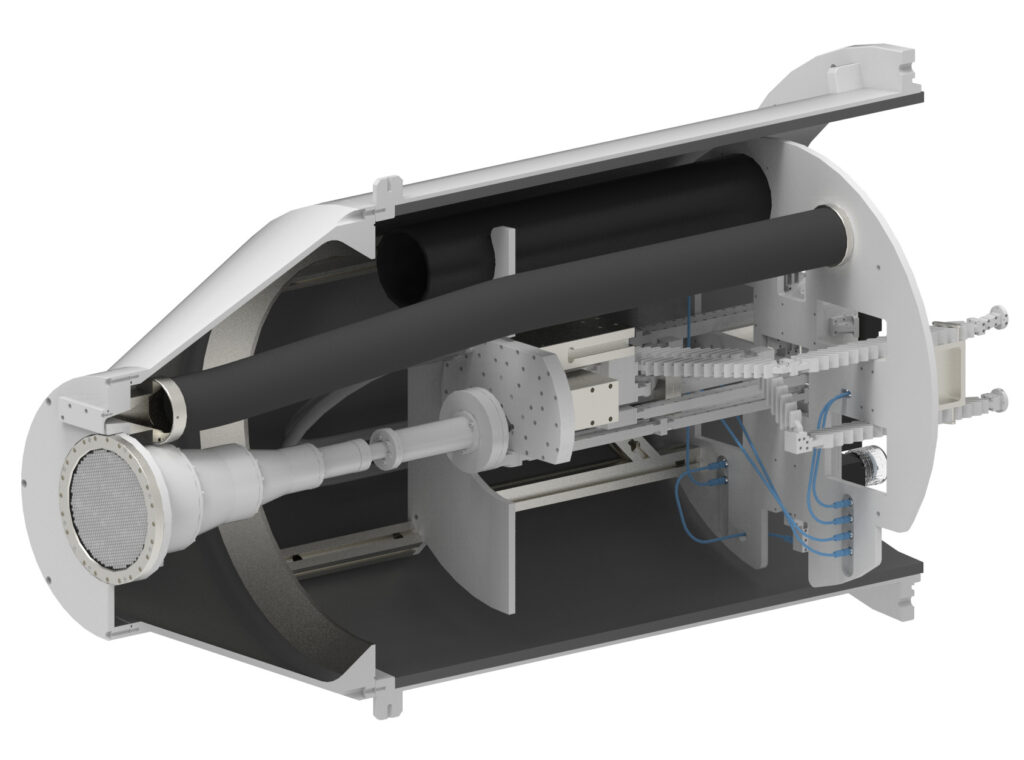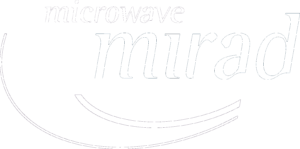Satellite broadband technology has made significant progress over the last ten years. New coding techniques combined with spot beaming and the use of higher frequency bands enable significant advances in satellite throughput with very high data rates. Satellite operators are looking for higher frequency bands above 30 GHz to meet further improvements and increasing capacity needs, because the capacity of the available spectrum in Ka-band is reaching its limits.
MIRAD microwave has been a reliable partner for industry and agencies with feed systems up to 53 GHz in the Q-/V band since 2014. At that time, we delivered our first linearly polarized feed system for a 3m Q-/V-band antenna test system of a customer in Austria, which is still in operation today. In the following years, such high frequency solutions became increasingly in demand and MIRAD delivered a further improved dual circularly polarized solution for a Q/V feed system with TE21 monopulse tracking capability.

In 2018, additional Ka-band transmit operation in combination with Q- and V-band frequencies has been requested by the industry. Based on the excellent results and successful testing of MIRAD’s Q-/V-band prototype, the design has been adapted to combine the additional required Ka-band transmit option, resulting in a high-performance multi-band feed system available as a COTS (Commercial-of-the-Shelf) unit.
However, over the years, MIRAD has not only provided the design of the single feed system, but also performed the complete calculation, shaping and analysis for a 4m, 6m, 10m and 14m Cassegrain reflector configuration. Together with MIRAD’s industrial customers, this resulted in an optimized overall system performance with high antenna efficiency. Outstanding EIRP and G/T values have been achieved as all relevant passive RF components are sourced from MIRAD.
The latest development for this very broadband application combines Ka-TX, Q-RX and V-TX with the capability of monopulse TE21 mode tracking at Q-RX frequencies in one single system that perfectly fits into the MIRAD reflector design. In addition to this proven three-band configuration, options of adding additional Ka-RX frequencies are currently under investigation.
The following key parameters represent our standard Ka/Q-/V-band system, including 2:1 redundancy and 1:1 switching networks for tracking pol. selection.
Frequency Range:
Ka-TX: 27.50 – 30.00 GHz
Q-RX: 37.50 – 42.50 GHz
Q-Trk: 37.50 – 42.50 GHz
V-TX: 47.20 – 51.40 GHz
Polarization:
Ka-TX: dual circular
Q-RX: dual circular
Q-Trk: dual circular
V-TX: dual circular
Axial Ratio:
Ka-TX: typ. 0.5dB
Q-RX: typ. 0.5dB
Q-Trk: –
V-TX: typ. 0.5dB
Insertion Loss:
Ka-TX: max. 1.5 dB
Q-RX: max. 1.45 dB
Q-Trk: max. 5 dB (incl. TE21 coupling)
V-TX: max. 1.5 dB
Port-to-Port Isolation:
Ka-TX: min. 17 dB
Q-RX: min. 17 dB
Q-Trk: min. 17 dB
V-TX: min. 17 dB
Power Handling:
Ka-TX: max. 250 W per port (simult.)
Q-RX: –
Q-Trk: –
V-TX: max. 250 W per port (simult.)
Adaptions, additional requirements or performance parameters are available on request.
MIRAD microwave
Your reliable partner for Gigahertz Innovation
